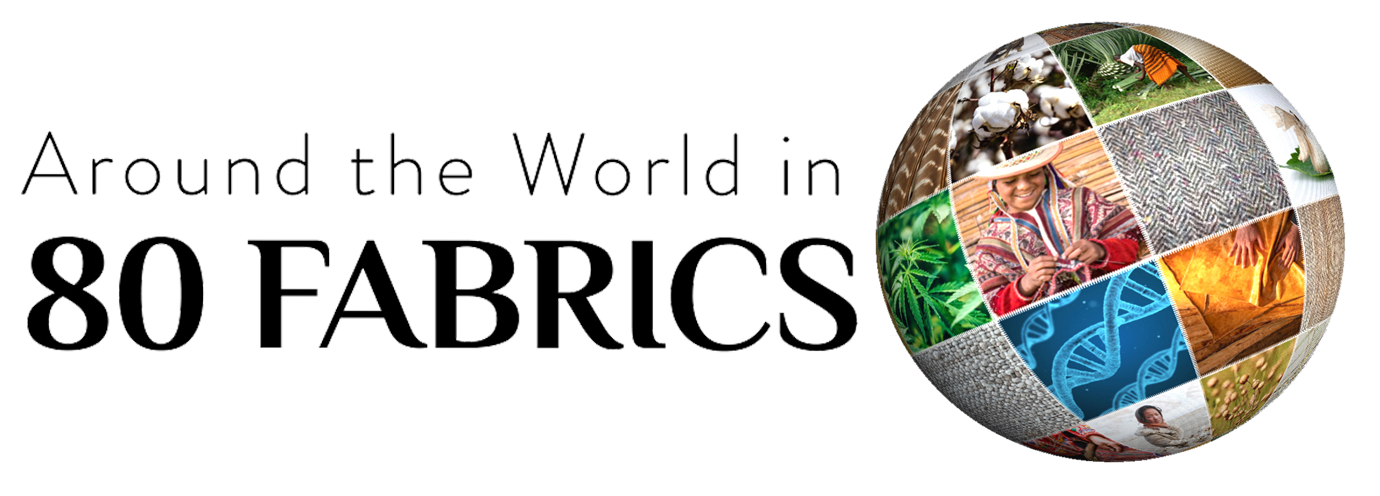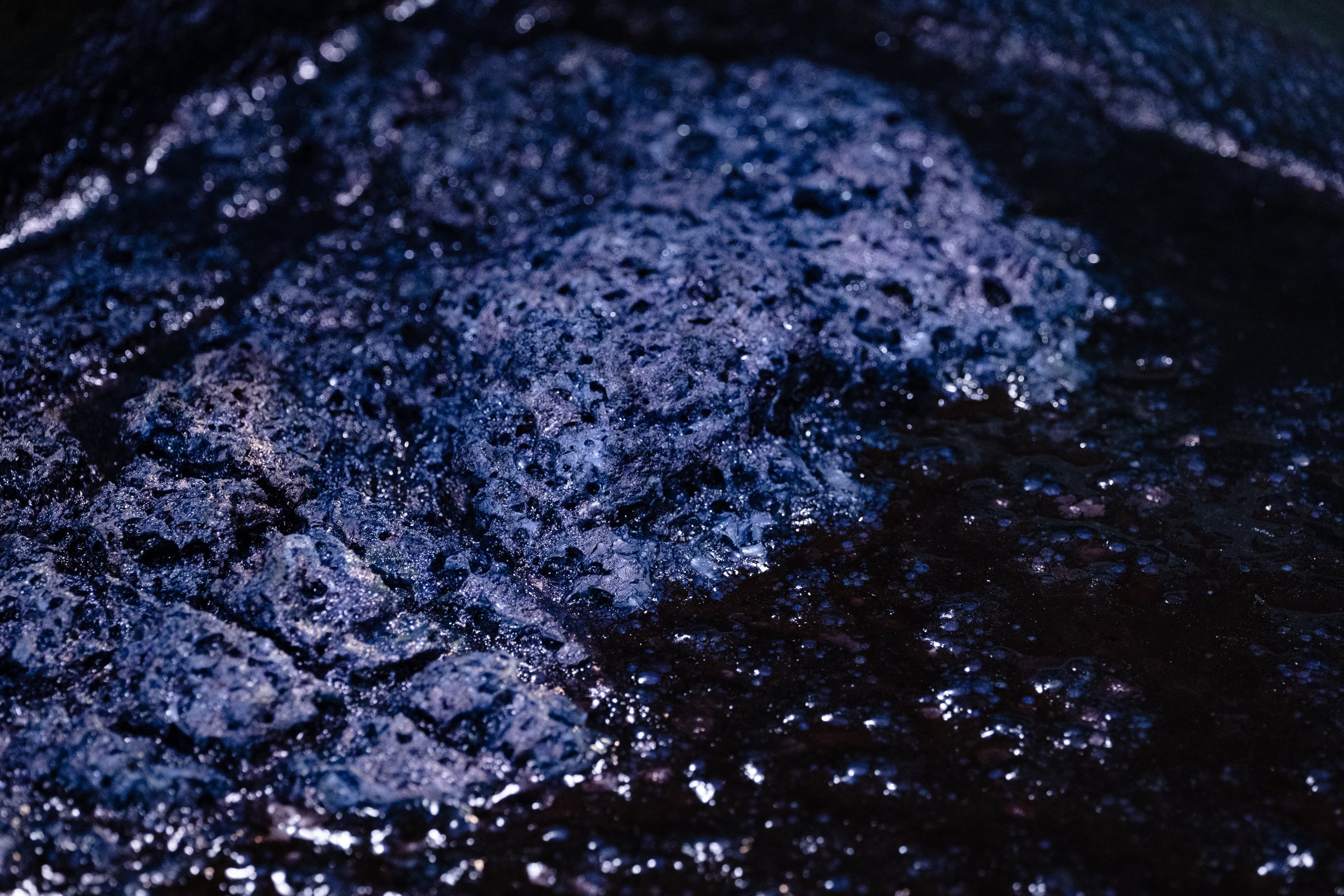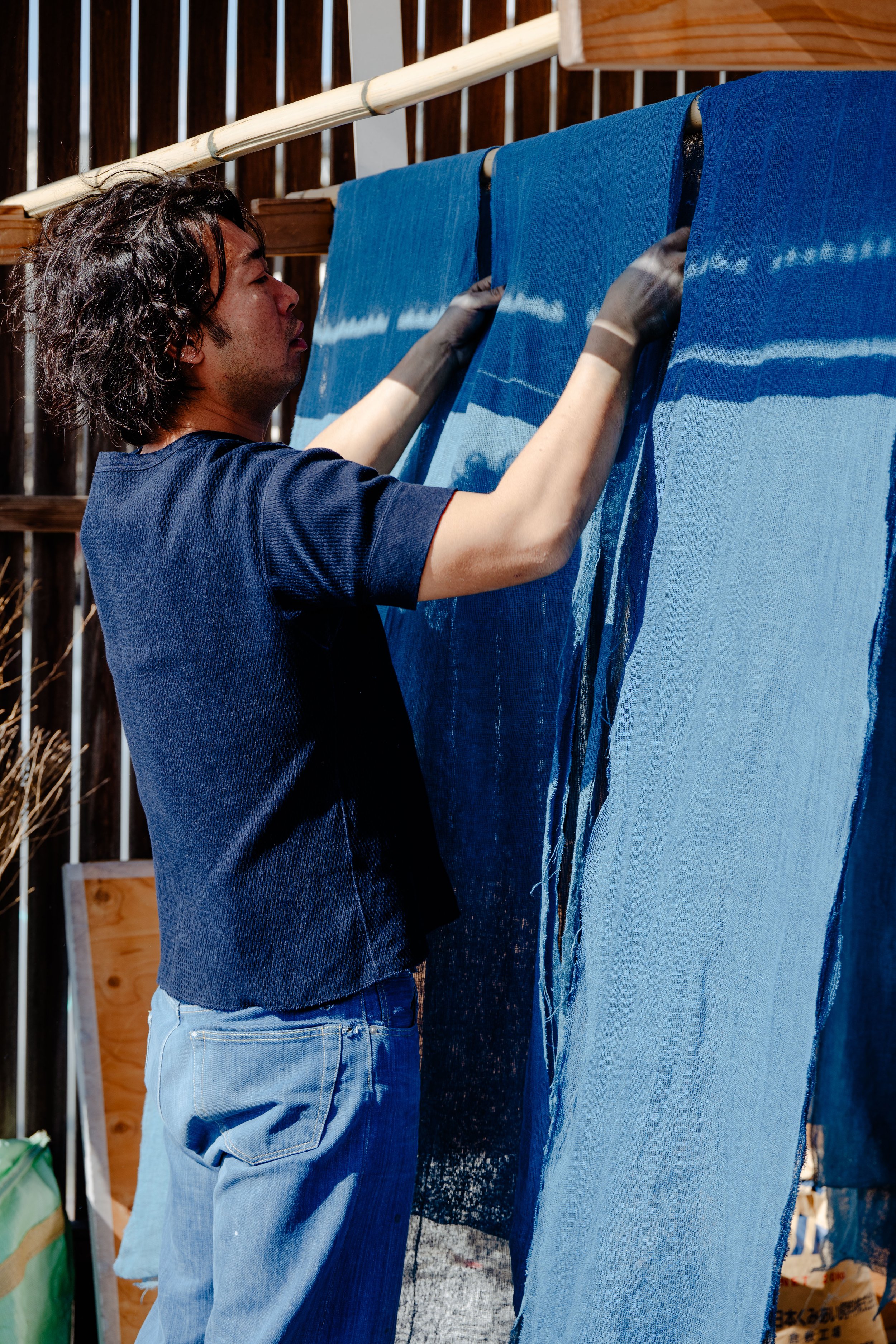
DYE: WATANABE STUDIO
Regions: Tokushima, Japan
Dye Name:
Indigo blends and dyes
Origin:
Indigo pigment using fermentation technology
Who made our dye:
Watanabe Studio, Tokushima, Japan
Natural history and ecology:
This exquisite craft of indigo dyeing is a timeless artistry that spans over 6,000 years, treasured, and passed down through generations across various cultures. The wooden barrels simmer with a dyeing elixir born from the reduction of indigo pigment through the marvel of fermentation. When cloth meets this solution, magic unfolds. The cloth, upon exposure to oxygen, undergoes a transformation from ocher to the magnificent hue of indigo. This alchemy, this dance of color, speaks volumes of nature's artistry and resilience. Indigo dyeing isn't just about enhancing fabric resilience; it's a tale of strength woven through its mesmerizing hues. Yet, as the dye solution gives life to fabrics, it also returns to the Earth in a cyclical journey. What once teemed with pigments and fermenting bacteria gradually finds its completion, gently seeping back into the soil. A seamless loop in the circle of life, where the dye metamorphoses anew, breathing life into fresh colors.
What makes this so special: Watanabe's indigo dyeing is a testament to a harmonious blend of natural ingredients.
What makes their approach truly unique is the second fermentation—a meticulous process steeped in tradition and intuition. Indigo, having undergone its initial transformation into sukumo, embarks on a journey where lye, shellfish ash, and wheat gluten intertwine in a symphony of natural lye fermentation. There is a word called ``Ai Shijuhachiki,'' which uses the number 48 to mean an uncountable number, and the color range of indigo is actually very wide, ranging from ``Ai Shiro,'' which is close to white, to ``Rukon,'' which is close to black. In order to express all of the indigo colors, Watanabe always have multiple dye solutions with different concentrations available.
A unique second fermentation - colors that go beyond beauty to tell the story of strength - at the end, it returns to the earth
Tokushima, Japan, 2023. Image courtesy of Jamie House and Panasonic.











